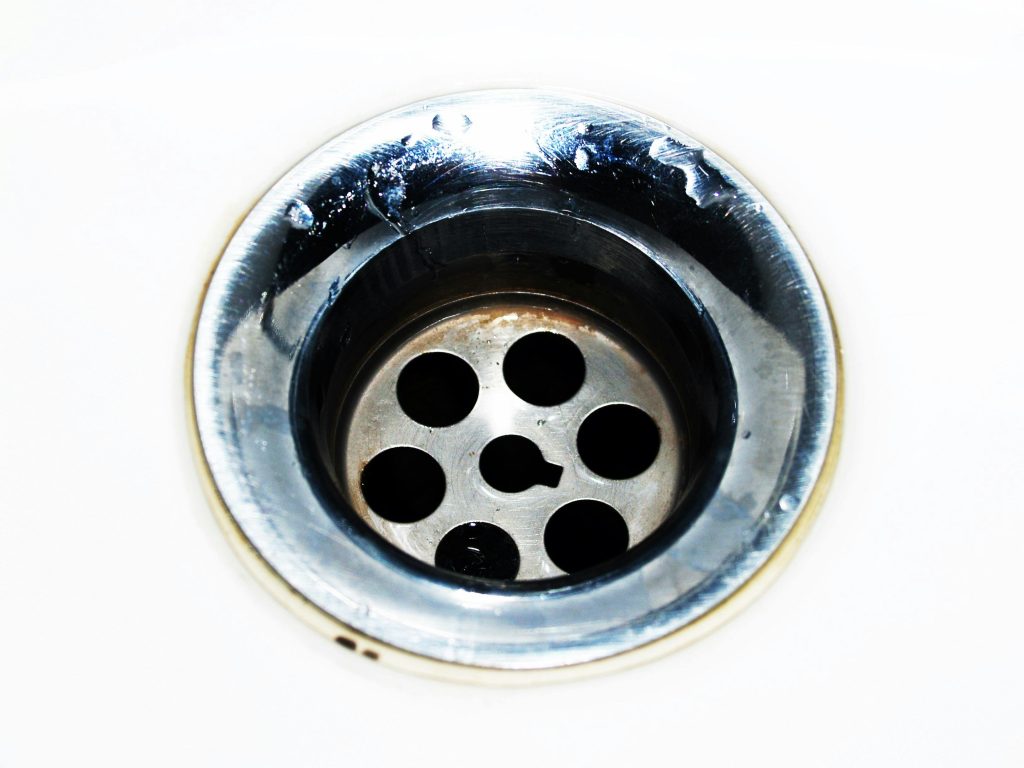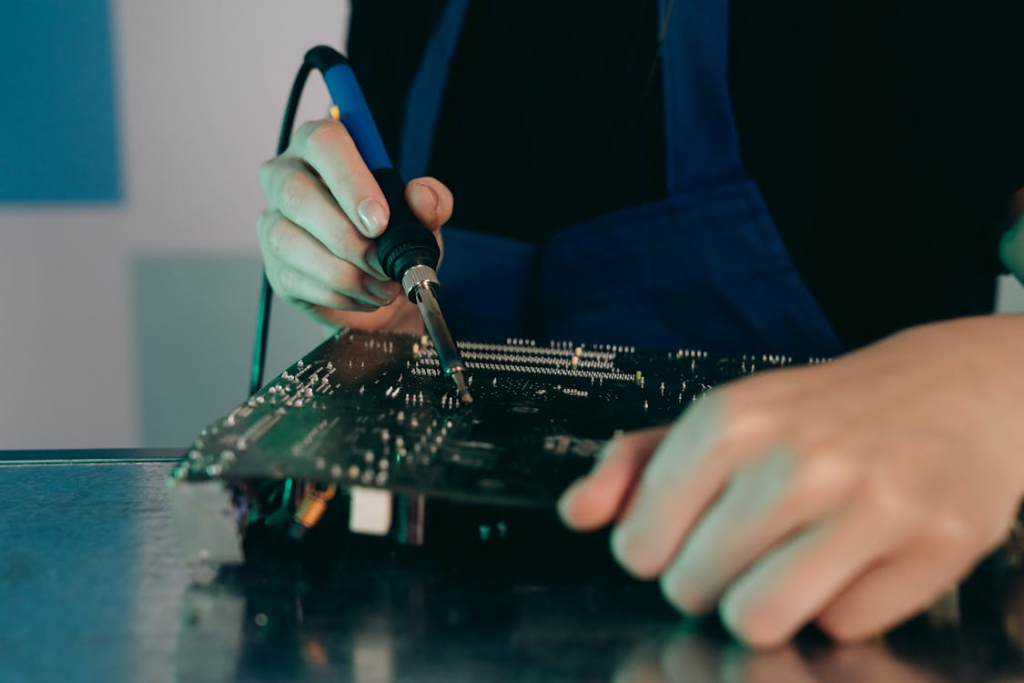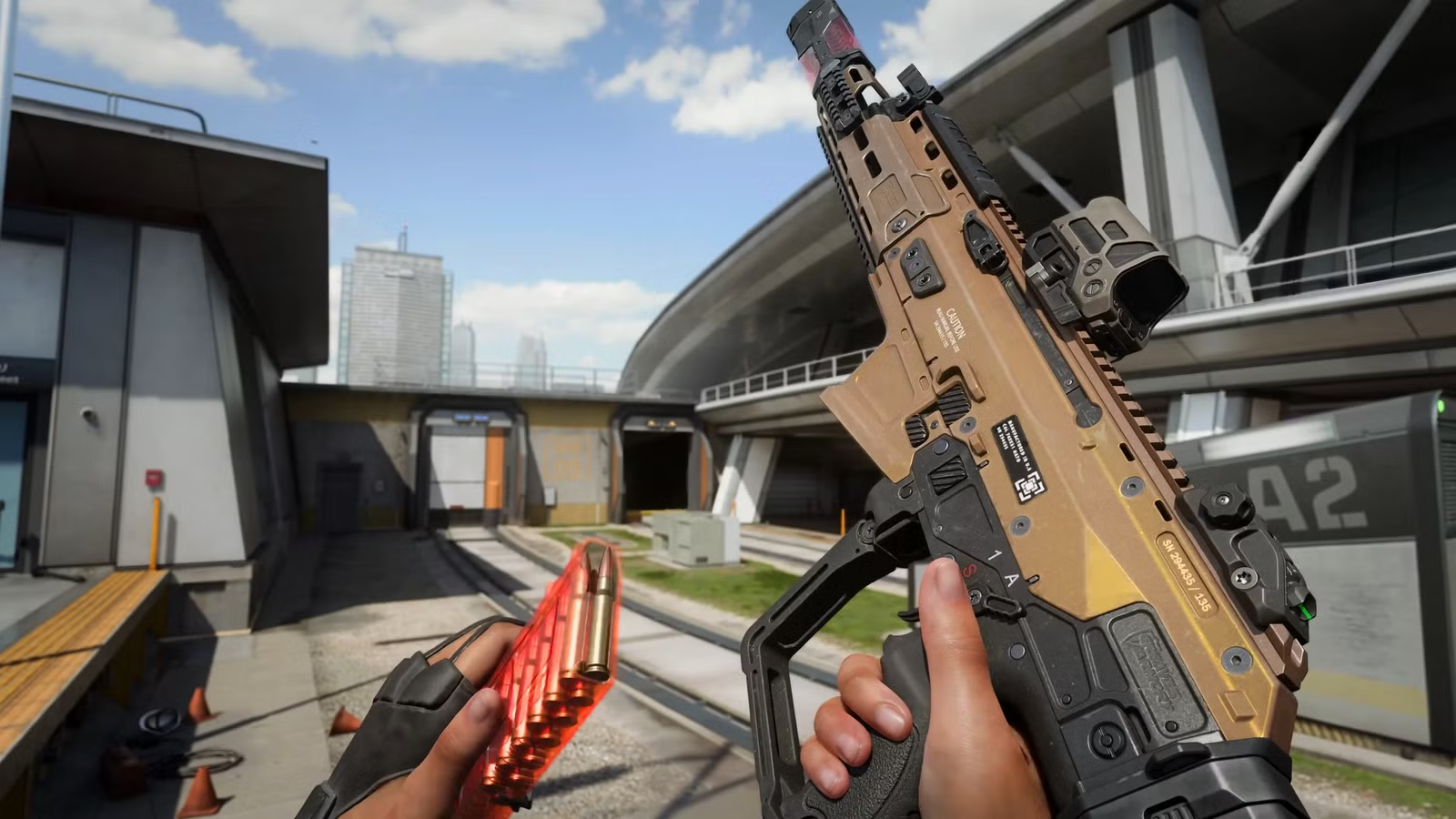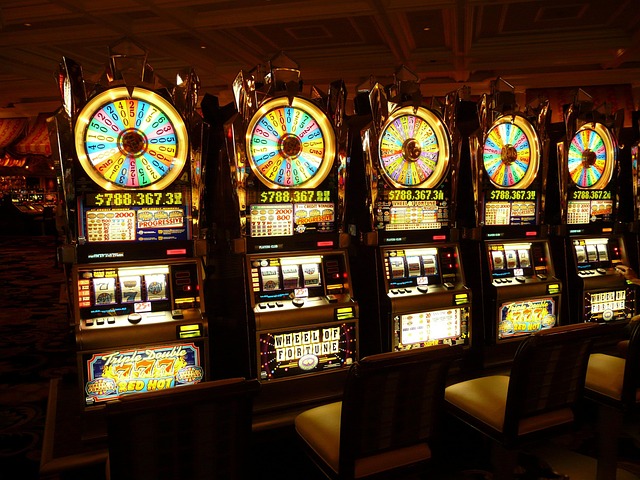Imagine walking into a gym filled with top-tier machines — but knowing you paid only a fraction of the cost. Today, more fitness enthusiasts and businesses are uncovering the hidden power of used gym equipment.
Choosing pre-owned machines doesn’t just pad your wallet; it sharpens your fitness goals and helps the planet breathe a little easier. In this guide, you’ll discover how buying used equipment from Best Used Gym Equipment can save you money, boost your strength journey, and support sustainability. Get ready for a practical, no-fluff roadmap to smarter fitness investments.
What Is Used Gym Equipment?
Used gym equipment refers to fitness machines and tools that have previously been owned and operated by individuals, gyms, or fitness centers.
These items range from cardio machines and strength stations to free weights and accessories, typically available at a lower price compared to brand-new alternatives. Some may be lightly used, while others are professionally refurbished to restore functionality and appearance.
Why Should You Consider Used Gym Equipment Instead of New?
Purchasing new fitness equipment can feel exciting — until the sticker shock hits. Choosing used gym equipment isn’t just about finding a bargain. It’s about making a smart, emotional, and practical decision that aligns with modern values.
Cost savings are immediate. Quality machines that cost thousands when new are often available for a fraction of the price, freeing up your budget for additional gear or personal training.
Accessibility plays a role too. Used equipment provides entry-level affordability, enabling more people to pursue fitness goals without financial barriers.
Sustainability seals the deal. Reusing gym equipment reduces manufacturing demands, cuts landfill waste, and minimizes the carbon footprint tied to global shipping.
In short, opting for used gear aligns your wallet, your workouts, and your world in perfect harmony.
What Are the Main Types of Used Gym Equipment You Can Buy?
The used fitness market covers almost every category of equipment you can imagine. Here’s what you’ll typically find:
- Cardio Machines:
Treadmills, ellipticals, and stationary bikes offer foundational cardio options. Great for improving heart health, burning calories, and endurance training. - Strength Machines:
Including leg presses, lat pulldowns, and cable crossover stations. Best suited for building targeted muscle groups safely and efficiently. - Free Weights:
Dumbbells, barbells, and kettlebells remain staples for functional strength training, muscle building, and flexibility. - Benches and Racks:
Adjustable benches, squat racks, and power cages allow versatile workouts for chest presses, squats, and overhead lifts. - Accessories:
Mats, resistance bands, foam rollers, and balance balls provide important support for warm-ups, recovery, and supplemental training.
Each category provides a valuable piece to complete your ideal workout environment without breaking the bank.
What Are the Advantages of Buying Used Gym Equipment?
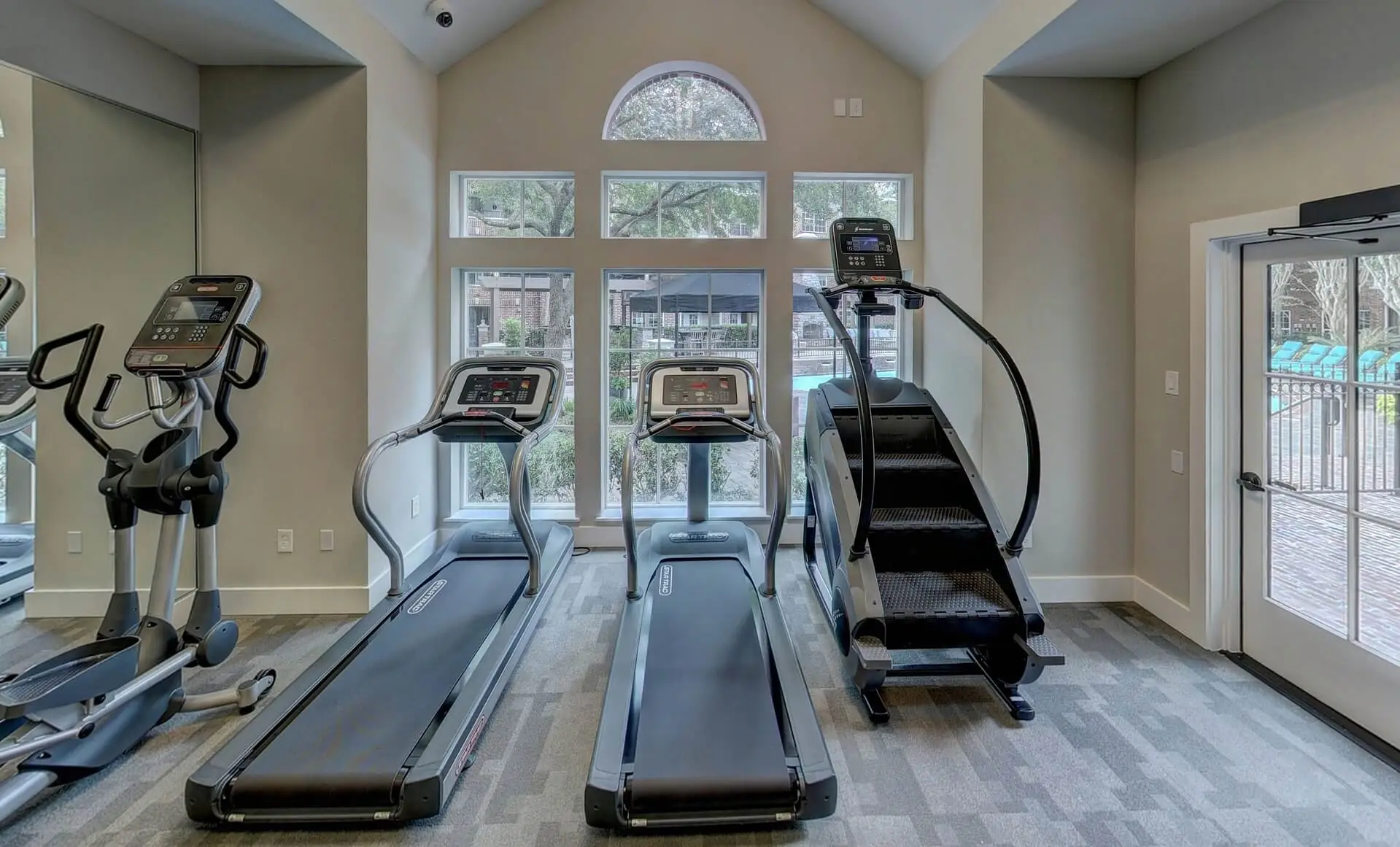
Saving money is just the beginning. There are hidden layers of value when you choose used gym gear:
- Lower Upfront Costs
Pre-owned machines slash entry costs by up to 70%, allowing you to afford higher-quality models than you otherwise could. - Higher Quality for Lower Price
Instead of settling for low-end new models, you can access premium commercial-grade machines built for durability and heavy use. - Immediate Availability (No Waiting for New Shipments)
No six-week wait times here — used equipment is ready for pickup or delivery, letting you jump into your fitness routine faster. - Environmental Benefits
Every used machine purchased keeps another item out of a landfill and reduces the demand for resource-intensive new production. - Proven Durability
Commercial machines built for gyms are designed to handle thousands of uses. A well-maintained used machine often outlasts budget new models. - Easier to Customize a Home Gym Affordably
Because you’re spending less per item, you can customize your gym with a variety of machines and accessories without overspending.
Hidden beneath every dollar saved is a smarter, more sustainable way to build the gym you’ve always wanted.
What Should You Check Before Buying Used Gym Equipment?
Before sealing the deal, it’s critical to inspect the equipment thoroughly. Look closely at:
- Frame Integrity:
Check for cracks, corrosion, or signs of metal fatigue. A solid frame is non-negotiable for safe workouts. - Moving Parts and Joints:
Test pulleys, rollers, and bearings for smooth motion without grinding or sticking. - Electronics and Display Panels:
Ensure screens, buttons, and sensors work properly, especially for cardio machines. - Upholstery Condition:
Look for tears, deep scratches, or worn padding that could affect comfort or hygiene. - Brand Reputation:
Favor trusted brands known for reliability and spare parts availability. - Availability of Replacement Parts:
Some older models may have discontinued parts. Verify if repairs will be possible down the line.
Red flags include rust inside structural areas, non-responsive electronics, and wobbling frames — all signs you should walk away.
How Does Using Used Gym Equipment Help the Environment?
Choosing second-hand gym gear makes a surprising difference for the planet. Here’s how:
- Lower Manufacturing Demand:
Every reused piece means one less new item produced, conserving raw materials like steel, rubber, and plastics. - Reduction in Landfill Waste:
Fitness equipment is bulky and slow to decompose. Extending its life prevents unnecessary landfill strain. - Lower Transportation Carbon Footprint:
Local purchases avoid the high emissions tied to long-distance shipping of new goods.
Environmental stats and facts:
- Manufacturing a new treadmill emits roughly 500–1,000 pounds of CO₂.
- Extending the life of gym machines by just 5–10 years can cut lifetime environmental impact by over 60%.
Your fitness gains can come with a lighter carbon footprint — a win-win for you and the Earth.
How to Maintain Used Gym Equipment for Long-Term Performance?

Maintenance keeps your investment working like new. Follow these simple practices:
- Cleaning Schedules:
Wipe down equipment after each use. Deep clean cardio machines and pads weekly. - Lubrication Points:
Treadmills and ellipticals require monthly lubrication of moving parts. - Tightening Bolts and Screws:
Check and tighten every 1–2 months to ensure structural stability. - Electronics Calibration:
Test and recalibrate displays and settings quarterly to avoid errors.
These small, regular efforts prevent major repairs and extend equipment life by years.
What Are Common Mistakes When Buying Used Gym Equipment?
Avoid these costly errors:
- Not Testing the Machine Before Buying:
Always try it in person or request a video demo if buying remotely. - Ignoring Warranty Options:
Some retailers offer limited warranties even on used items. It’s worth the extra cost. - Skipping Professional Inspections for Bigger Machines:
Complex equipment like treadmills or multi-stations benefit from a mechanic’s check. - Underestimating Transportation/Delivery Logistics:
Heavy equipment may require professional movers. Plan for costs and access issues.
Smart buyers stay cautious and informed every step of the way.
How to Set Up a Home Gym with Used Equipment?
Building a functional home gym starts with smart choices. Essential first purchases:
- Adjustable bench
- Dumbbell set
- Power rack
- Treadmill or stationary bike
- Resistance bands and mats
Layout tips:
- Prioritize open space for free movement.
- Group cardio and strength zones separately.
- Place heavier items against walls for stability.
Starter setups based on room size:
- Small bedroom: Dumbbells, folding bench, resistance bands.
- Garage gym: Full power rack, cardio machine, complete weight set.
Optimize flow to make workouts easy and inviting.
Is Used Gym Equipment a Good Investment for Gyms and Fitness Studios?
Absolutely — especially for startups and expanding businesses.
Here’s why:
- Lower Startup Costs:
Spend 30%–60% less while outfitting an entire facility. - Faster Breakeven Point:
Lower capital expenditure accelerates profitability. - Offer Premium Membership Pricing:
Commercial-grade equipment still impresses clients, even when pre-owned.
Used equipment bridges the gap between tight budgets and high-quality fitness offerings.
Are There Financing Options for Used Gym Equipment?
Yes, many retailers and financial institutions offer plans. Common providers include:
- Specialized gym equipment lenders
- Equipment lease-to-own services
- Traditional bank equipment loans
- Peer-to-peer financing platforms
General terms often involve 6–60 month repayment periods with varying interest rates based on creditworthiness.
Financing opens access to better equipment while spreading costs comfortably over time.
What Are Alternatives to Buying Used Gym Equipment?
If buying used isn’t your ideal path, consider:
- Leasing Gym Equipment:
Short- to medium-term access with maintenance included. - Equipment Rental Services:
Pay only when needed — great for temporary setups. - Outlet Sales (Discounted New):
Factory outlet stores offer significant savings on overstock or last-year models. - DIY Gym Equipment Projects:
Building your own racks or plyo boxes offers customization at ultra-low costs.
Exploring all options ensures you find the perfect fit for your goals and budget.
Conclusion
Choosing used gym equipment isn’t just about frugality — it’s a bold, smart move toward building a powerful, sustainable fitness lifestyle.
You save serious money, strengthen your training setup with commercial-quality machines, and contribute to a greener planet — all without compromising results.
The hidden benefits are real, and they’re waiting for you.
Now’s the time to build the gym of your dreams — smarter, stronger, and greener than ever before.



